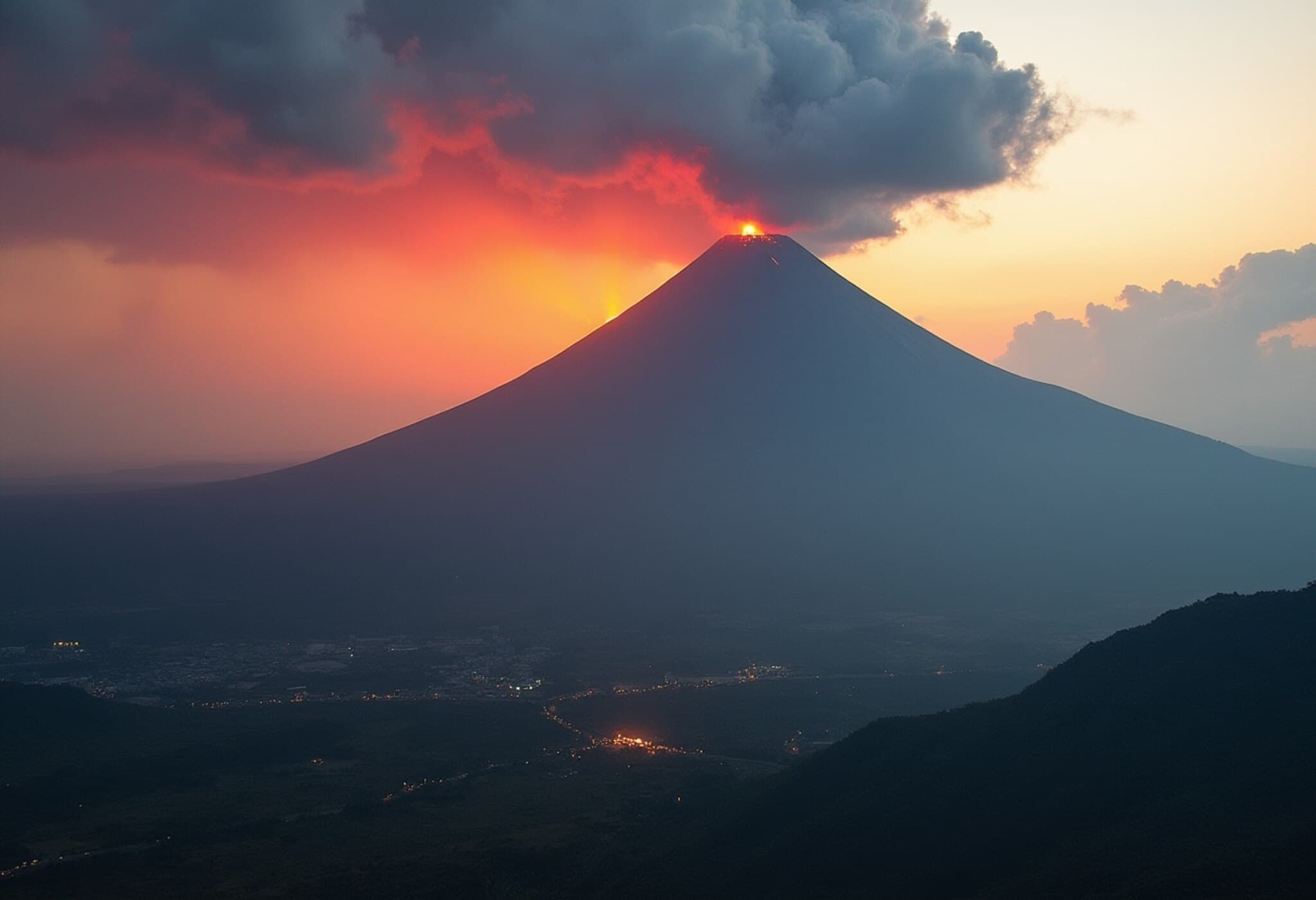The Curious Case of Japan’s Drop in Asian Tourism Amid Manga Prophecy
Japan has long been a magnet for tourists worldwide, prized for its rich culture, cutting-edge technology, and breathtaking landscapes. Yet, in June 2025, an unexpected phenomenon shook the travel sector—visitor numbers from key Asian markets notably declined. The culprit? A fictional manga's ominous prediction forecasting a disaster in Japan for July 2025.
The Manga Prediction That Sparked Concern
The manga in question, "Watashi ga Mita Mirai, Kanzenban" ("The Future That I Saw, Complete Edition") by Ryo Tatsuki, originally published in 1999, referenced a "disaster in March 2011." This eerily coincided with the devastating Great Tohoku Earthquake and the Fukushima nuclear crisis. Fast forward to its 2021 reprint, where the cover ominously warned of a "real disaster" due to strike Japan in July 2025.
Though purely a work of fiction and speculative prophecy, the narrative gained traction—especially across Hong Kong—where it was amplified through mainstream media, popular YouTube influencers, and social platforms, stirring travel hesitancy among potential tourists.
Sharp Decline in Asian Tourist Arrivals
- Hong Kong: Tourist arrivals plunged 33.4% year-on-year in June, following an 11.2% drop in May.
- South Korea: Visitor growth slowed to 3.8% in June from 11.8% in May.
- Taiwan: Increase in arrivals dwindled from 15.5% in May to just 1.8% in June.
This stands in contrast to the general trend for the first half of 2025, with Japan experiencing a robust 24% increase in foreign visitors from January to May compared to 2024. In June, growth faltered to a mere 7.6%.
Industry Insights: A "Perfect Storm" of Fear and Uncertainty
CN Yuen, Managing Director of Hong Kong’s WWPKG travel agency, expressed surprise at the situation. While accustomed to declines following actual natural disasters, he noted, “This time, nothing happened—it’s only a rumor, a prophecy.” The combination of the manga prediction with an official Japanese government report from January 2025 warning of an 80% likelihood of a megaquake in the next 30 years created a “perfect storm” that intensified travelers' fears.
However, experts caution that elevated seismic risks do not guarantee immediate calamities. Japan's Headquarters for Earthquake Research Promotion emphasized that increased probability over decades is not an imminent crisis.
Why Asian Tourists Reacted Differently Than Western Visitors
Japan National Tourism Organization data reveals Western tourists' numbers either stabilized or grew slightly during June, unlike their Asian counterparts. Cultural context provides some explanation.
- Deep Cultural Resonance of Manga: As Zimbayah Kamble, hospitality lecturer at James Cook University, explains, manga is more than entertainment in many Asian societies; it holds cultural authority and can influence perceptions.
- Collective Social Influence: Kiattipoom Kiatkawsin, associate professor at Singapore Institute of Management, points to strong collectivist values in Asian communities, where social media-driven narratives rapidly reshape group behavior, often outweighing individual skepticism.
- Travel Flexibility: Affordable short-haul travel options allow easy itinerary changes, reducing the cost and risk of postponing trips.
These factors combined to foster a climate of caution among Asian tourists, many of whom preferred to delay their Japan visits despite the lack of tangible threats.
Looking Ahead: Impact on Japan’s Tourism Sector
While the manga-induced scare has caused a momentary dip, industry experts anticipate that the overall tourism recovery will remain intact. The prediction targets a narrow timeframe—July 2025—which encourages rescheduling rather than outright cancellation.
Japan’s appeal, especially as one of the world’s safest and most accessible destinations, is unlikely to wane in the long term. However, this episode underscores the potent power of cultural narratives and social media in shaping travel decisions, especially in regions sensitive to disaster risk and collective sentiment.
Expert Commentary: The Intersection of Fiction and Reality in Travel Behavior
This phenomenon raises important questions about how fictional narratives influence real-world economic activities. In an era where misinformation and viral rumors can swiftly sway public opinion, tourism authorities and policymakers must remain attuned to the social dynamics that can amplify risk perception.
Moreover, it highlights the need for balanced, transparent communication from trusted sources to counteract unfounded fears, particularly when they intersect with genuine but distant infrastructural risks like earthquakes.
Editor’s Note
This case invites us to reflect on the complex ways culture, media, and perception intertwine in shaping economic behavior. How can Japan and other nations harness their cultural exports responsibly to avoid unintended consequences? What role should governments and tourism bodies play in managing viral rumors that impact markets? As travel increasingly becomes a barometer of global sentiment, these questions will only grow more pertinent.
Ultimately, this episode serves as a reminder of the delicate balance between storytelling and reality, encouraging travelers to engage critically with sensational narratives before altering their plans.











